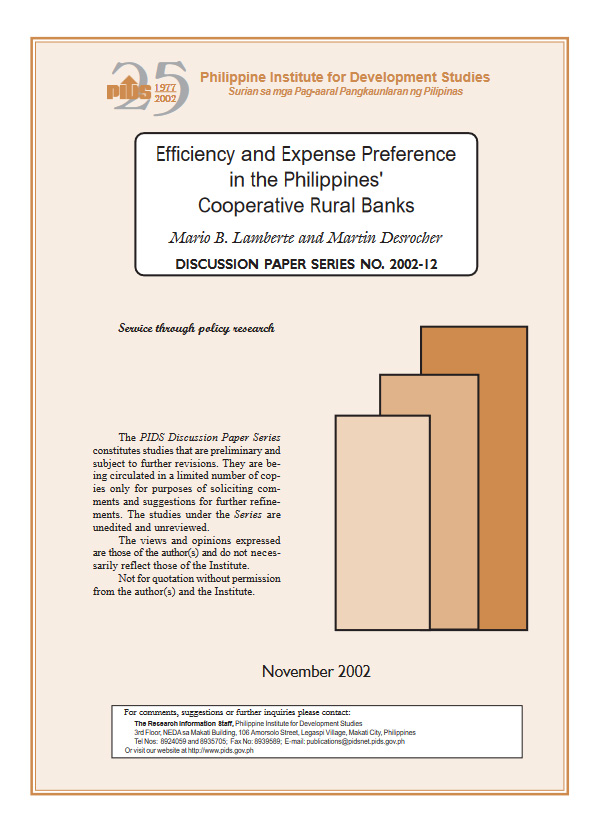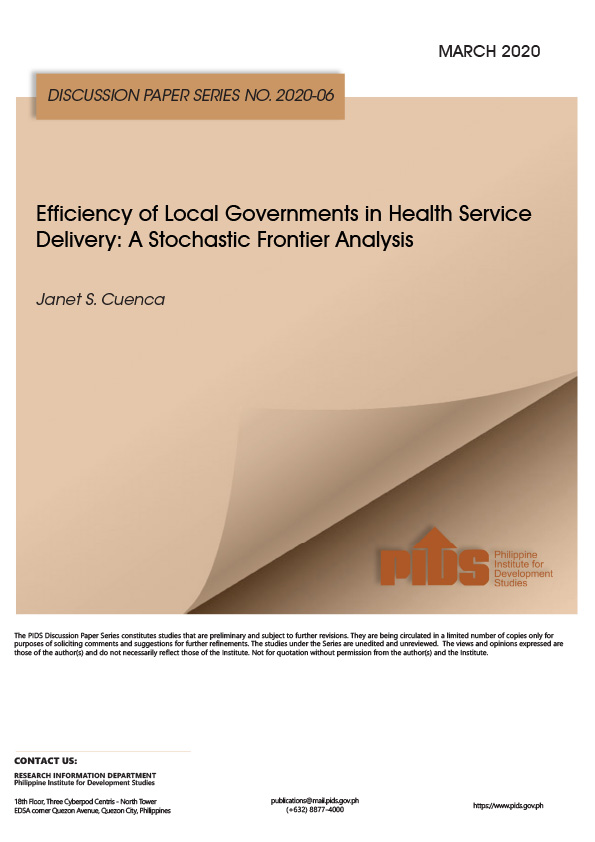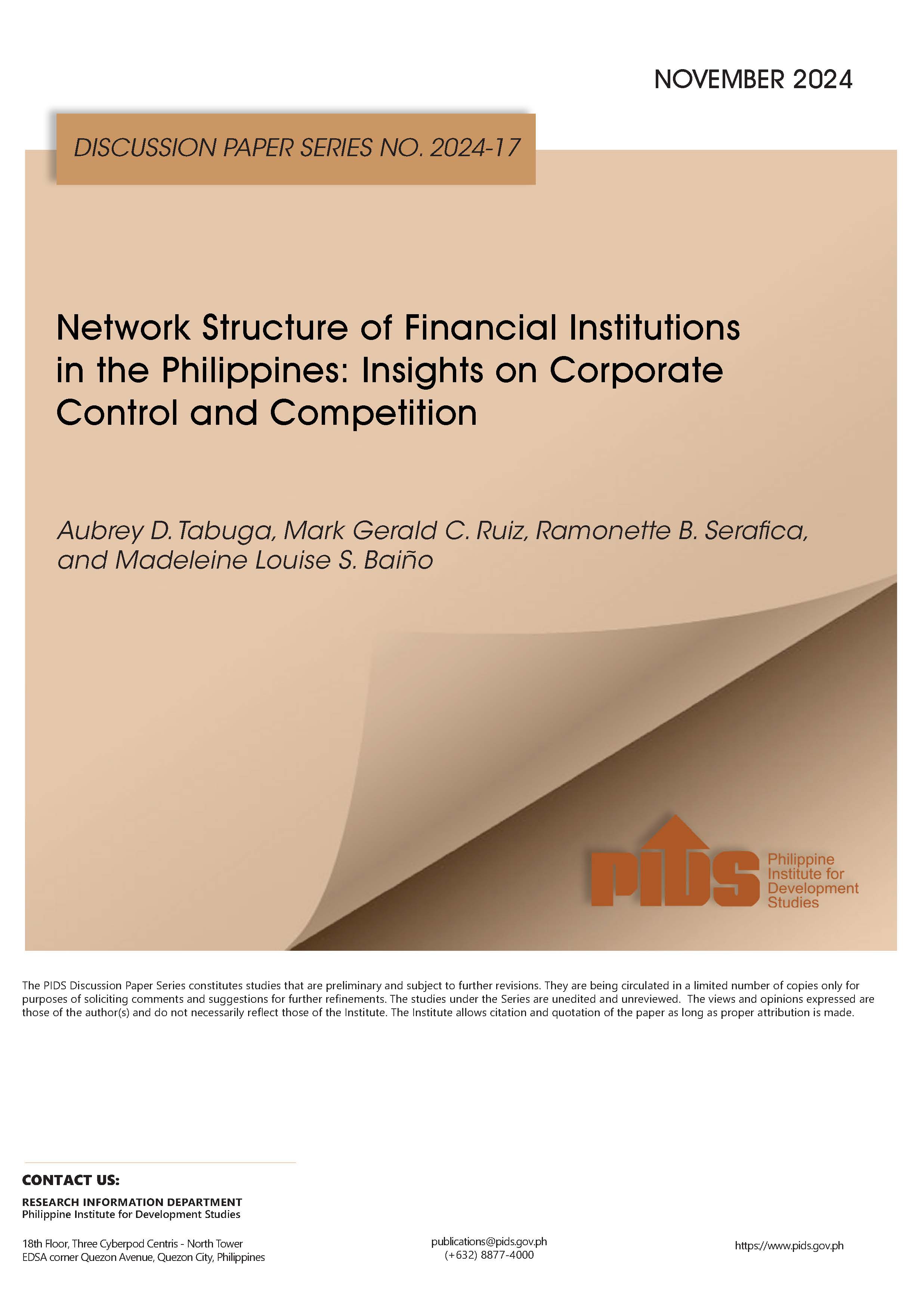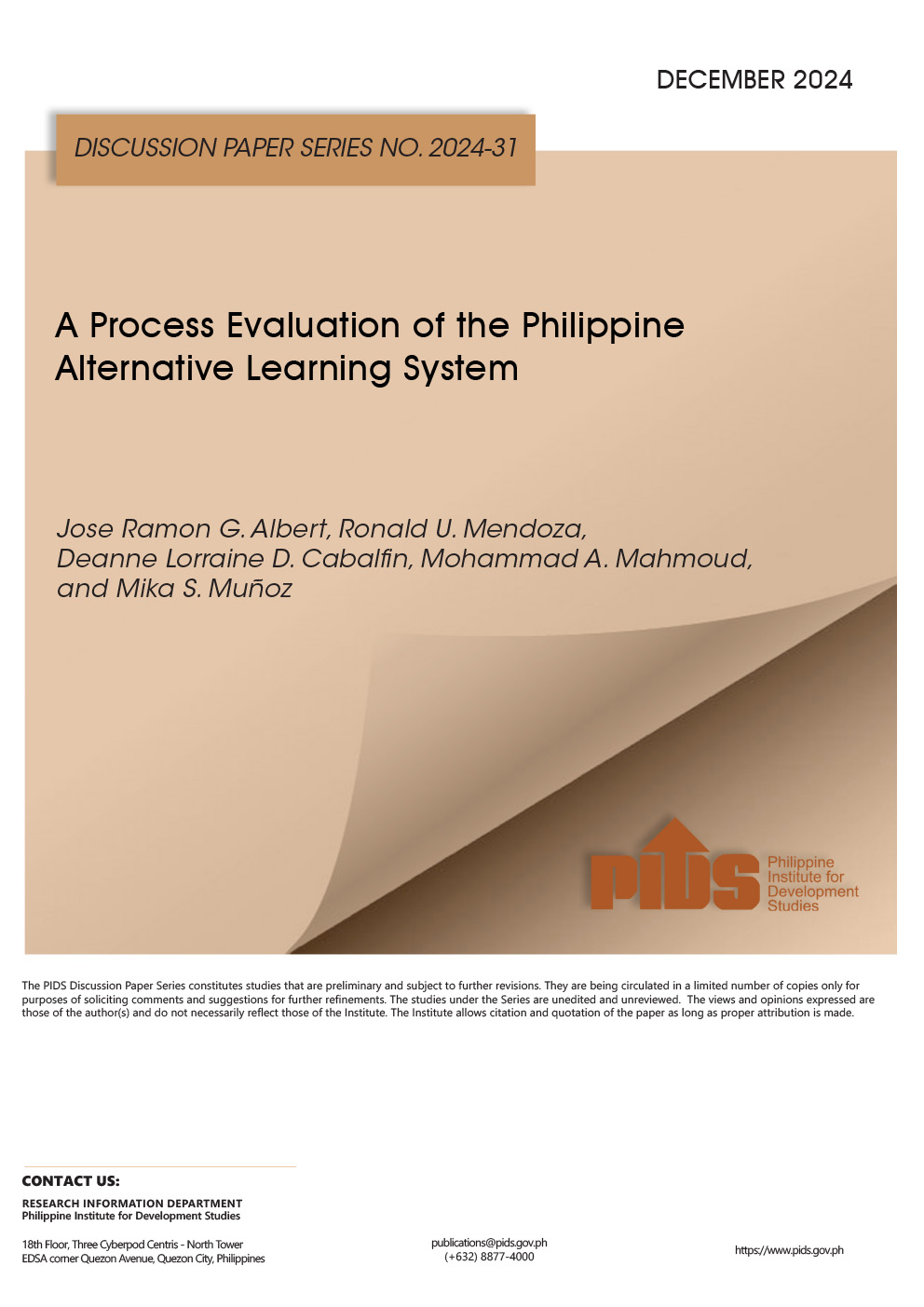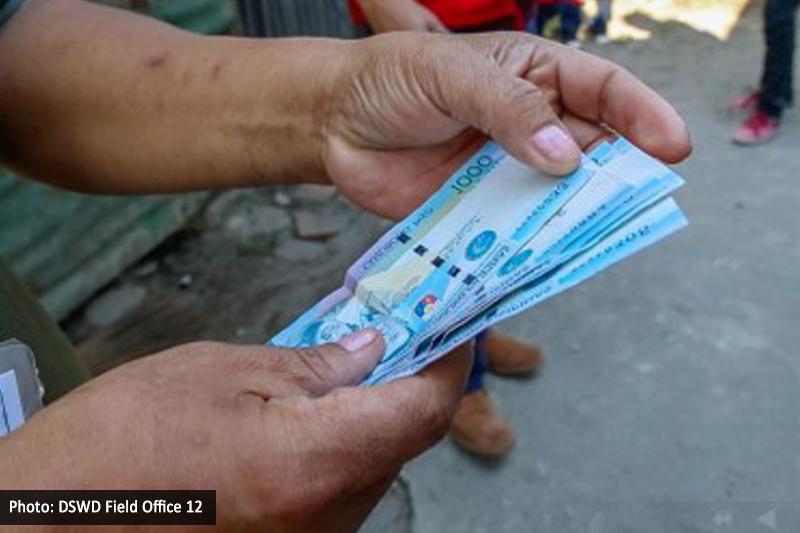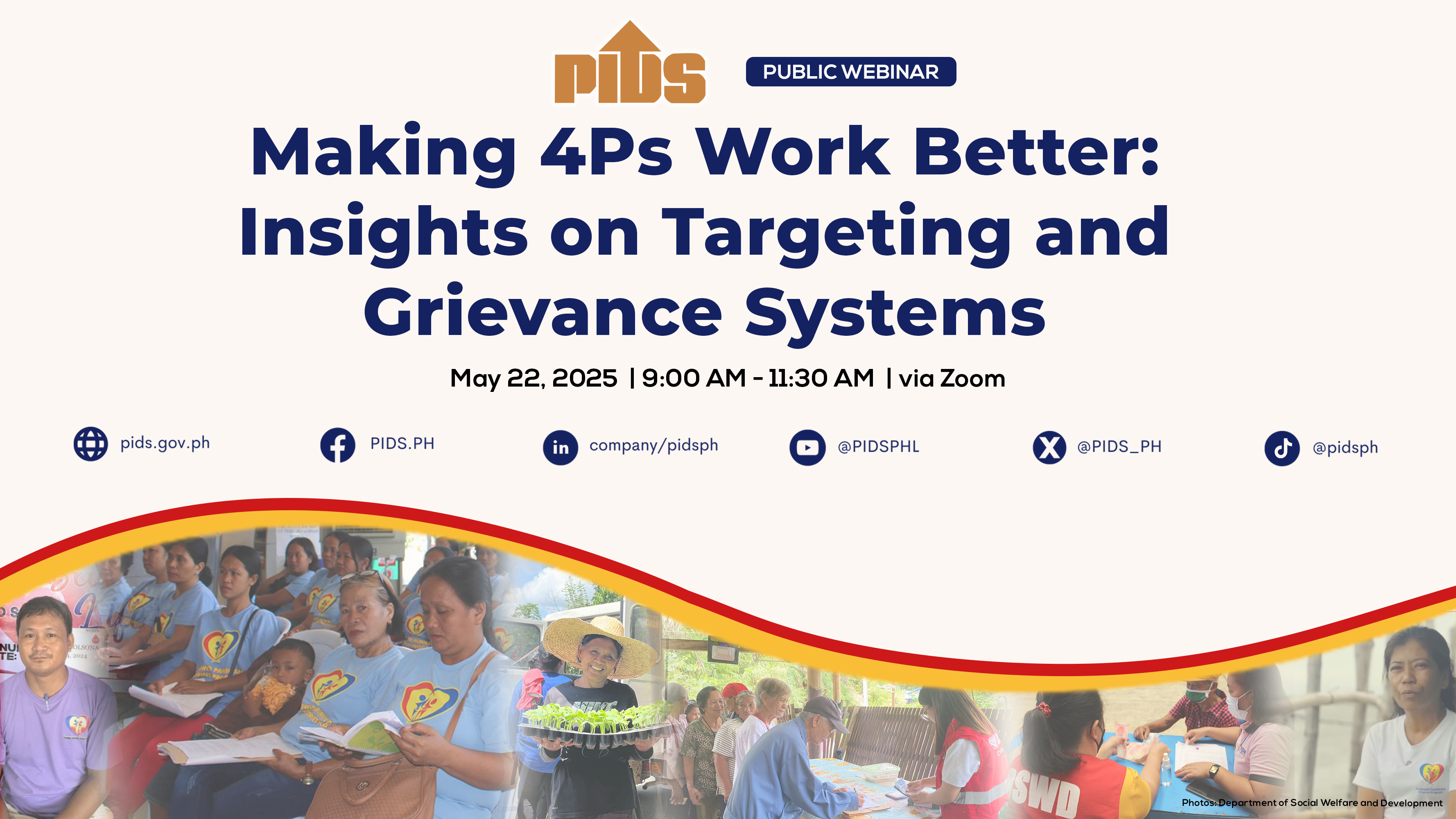This paper attempted to test whether efficient cooperative rural banks (CRBs) have a better control of their agency costs. We used two different concepts of efficiency, namely, cost efficiency and alternative profit efficiency, and found somewhat different results from both approaches. Using Stochastic Frontier Approach and Distribution Free Approach, we tested two different propositions. The first proposition is that an adequate corporate governance scheme should improve efficiency of CRBs. We failed to find very conclusive evidence that corporate governance theories apply to the Philippines’ CRBs. However, the results confirmed both managers’ compensation theory and large stakeholders theory. The second proposition is that agency costs should reduce efficiency of CRBs, and we found a much clearer relationship on that issue. As expected, most efficient CRBs are characterized by a better control of agency costs. These results are in accordance with previous studies on shirking behavior among mutual financial intermediaries. We also found that rural CRBs are most profit efficient, despite their somewhat normal cost-efficiency, a manifestation that they are able to charge higher fees for the quality of services they offer. Large CRBs are not able to pass their higher costs to customers through higher fees. We found that small CRBs might have a better interest rate policy, that is, they offer lower rates on both loans and deposits.
Citations
This publication has been cited 15 times
- Desrochers, Martin and Klaus P. Fischer. 2005. The power of networks: Integration and financial cooperative performance. Annals of Public and Cooperative Economics, 76, no. 3, 307-354. Wiley Blackwell.
- Desrochers, Martin and Klaus P. Fischer. 2005. The power of networks: Integration and financial cooperative performance. Cahiers de recherche 0514. CIRPEE.
- Fall, François-Seck, Al-Mouksit Akim, and Harouna Wassongma. 2018. DEA and SFA research on the efficiency of microfinance institutions: A meta-analysis. Post-Print hal-01794625. HAL.
- Fall, François, Al-mouksit Akim, and Harouna Wassongma. 2018. DEA and SFA research on the efficiency of microfinance institutions: A meta-analysis. World Development, 107(C), 176-188. Elsevier.
- Haq, Mamiza, Michael Skully, and Shams Pathan. 2010. Efficiency of microfinance institutions: A data envelopment analysis. Asia-Pacific Financial Markets, 17, no. 1, 63-97. Springer, Japanese Association of Financial Economics and Engineering.
- Hassan, M. Kabir and Benito Sanchez. 2009. Efficiency analysis of microfinance institutions in developing countries. NFI Working Papers 2009-WP-12. Indiana State University, Scott College of Business, Networks Financial Institute.
- Hermes, Niels, Robert Lensink, and Aljar Meesters. 2011. Outreach and efficiency of microfinance institutions. World Development, 39, no. 6, 938-948. Elsevier.
- Hermes, Niels, Robert Lensink, and Aljar Meesters. 2008. Outreach and Efficiency of Microfinance Institutions. Research Report 08002. University of Groningen, Research Institute SOM (Systems, Organisations and Management).
- Lonbani, Delaram Najmaei and Bram De Rock. 2020. The performance of microfinance institutions: An analysis of the local and legal constraints. Working Papers CEB 20-011. ULB -- Universite Libre de Bruxelles.
- Mongid, Abdul and Izah Mohd Tahir. 2018. Technical and scale efficiency of Indonesian rural banks. INA-Rxiv w9j54. Center for Open Science.
- Moreno, Frede G.. 2004. Good governance in microcredit strategy for poverty reduction: Focus on western Mindanao, Philippines. EconStor Theses, number 100634. ZBW - Leibniz Information Centre for Economics.
- Muneer Babu M.. 2016. Macroeconomic determinants of technological change in Indian microfinance institutions. Global Business Review, 17 no. 5, 1179-1195. International Management Institute.
- Solhi, Sanae and Sidi Mohamed Rigar. 2014. Pérennité et efficience des institutions de microfinance dans la région mena. Working Papers 829. Economic Research Forum.
- Soltane Bassem, Ben. 2014. Total factor productivity change of MENA microfinance institutions: A Malmquist productivity index approach. Economic Modelling, 39(C), 182-189. Elsevier.
- Yimga, Jules. 2018. Microfinance expansion and its effects on cost efficiency. The Quarterly Review of Economics and Finance, 69(C), 205-216. Elsevier.

